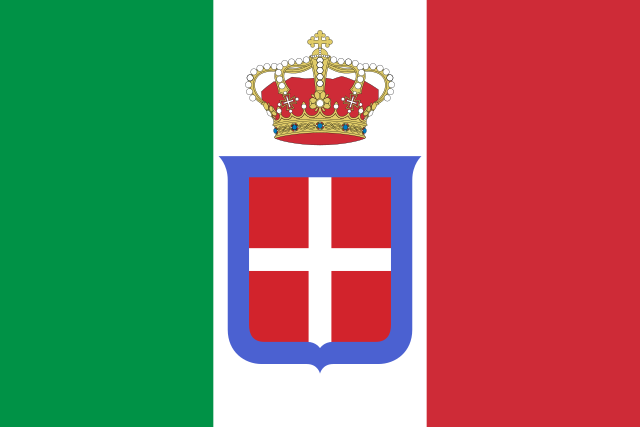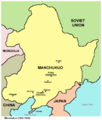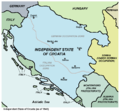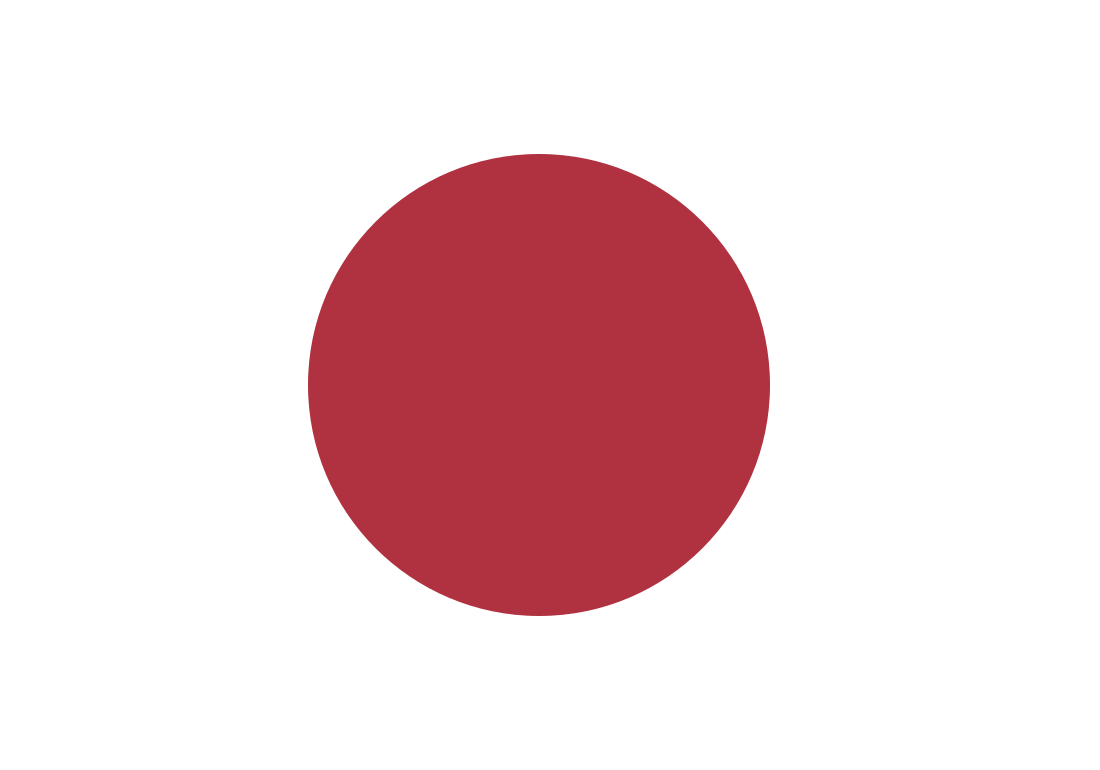Axis countries and Axis Powers are the names for some countries that fought together against the Allies during World War II. Benito Mussolini, Prime Minister of the Kingdom of Italy, announced that an October 1936 agreement had created an Italian-German "axis" around which future European events would revolve. Germany made a separate agreement with the Empire of Japan at the same time.



The three major powers were joined by several minor countries. The war ended in 1945 with the Axis powers losing and their alliances broken.
Berlin-Rome-Tokyo Axis Powers
The most important Axis countries formed an alliance called the Berlin-Rome-Tokyo Axis Powers (1922 to 1945). They included:
 Nazi Germany, under Adolf Hitler
Nazi Germany, under Adolf Hitler Fascist Italy, under Benito Mussolini (until Mussolini got overthrown in 1943)
Fascist Italy, under Benito Mussolini (until Mussolini got overthrown in 1943)
 Italian Social Republic, small client state
Italian Social Republic, small client state
 Empire of Japan, under Hirohito
Empire of Japan, under Hirohito

- Kingdom of Italy (before 1943)
All three countries had authoritarian governments, which were (and still are) often referred to as fascist.

Other countries
Subsequent signatories of the Tripartite Pact
In addition to the main three countries, the less important Axis countries were:
 Kingdom of Hungary, under Miklós Horthy
Kingdom of Hungary, under Miklós Horthy Kingdom of Romania, under Ion Antonescu (until Ion Antonescu got overthrown and declaring war on Germany in 1944)
Kingdom of Romania, under Ion Antonescu (until Ion Antonescu got overthrown and declaring war on Germany in 1944) Kingdom of Bulgaria, under Tsar Boris III (Until Boris III's assasination in 1943 and declaring war on Germany in 1944)
Kingdom of Bulgaria, under Tsar Boris III (Until Boris III's assasination in 1943 and declaring war on Germany in 1944)
- Hungary
- Romania
- Bulgaria
Other countries that helped the Axis without being a part of them were:
Co-belligerent states
Client states
 Slovakia
Slovakia Philippines (Second Republic)
Philippines (Second Republic) Vietnam (Empire of Vietnam)
Vietnam (Empire of Vietnam) Manchukuo (Manchuria and eastern Inner Mongolia)
Manchukuo (Manchuria and eastern Inner Mongolia) Reorganized National Government of China
Reorganized National Government of China Independent State of Croatia
Independent State of Croatia Italian Social Republic (from 1943 because Nazis saved Benito.)
Italian Social Republic (from 1943 because Nazis saved Benito.)
Controversial cases
- Denmark, signed treaty of mutual non-aggression; accepted German troops.
- Spain, was neutral, but gave non-military assistance.
- Vichy France, agreed not to resist after Northern France was conquered. Did not resist Japanese occupation of French Indochina.
- Manchukuo
- Slovakia
- Vichy France
- Croatia
- Italian Social Republic
Several new or rebel governments that were created by the Axis during the war are:
Other websites
Wikiwand in your browser!
Seamless Wikipedia browsing. On steroids.
Every time you click a link to Wikipedia, Wiktionary or Wikiquote in your browser's search results, it will show the modern Wikiwand interface.
Wikiwand extension is a five stars, simple, with minimum permission required to keep your browsing private, safe and transparent.











